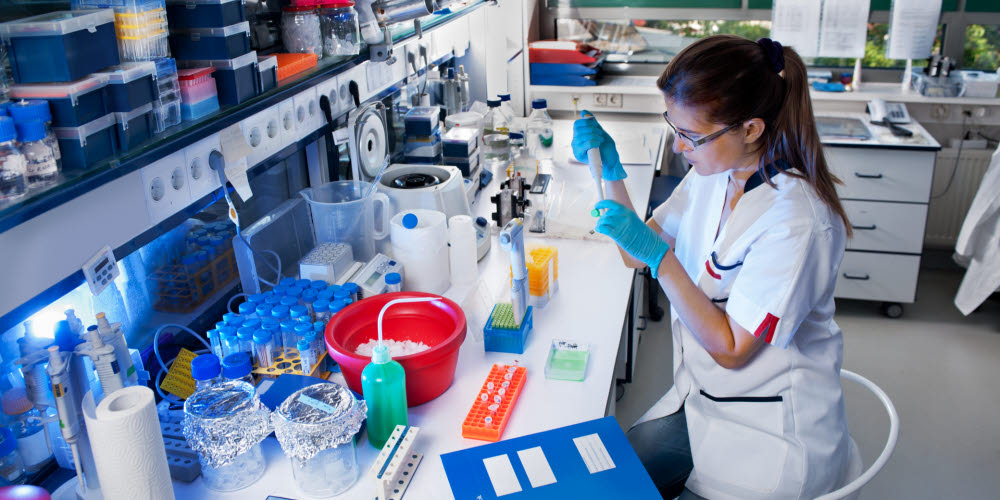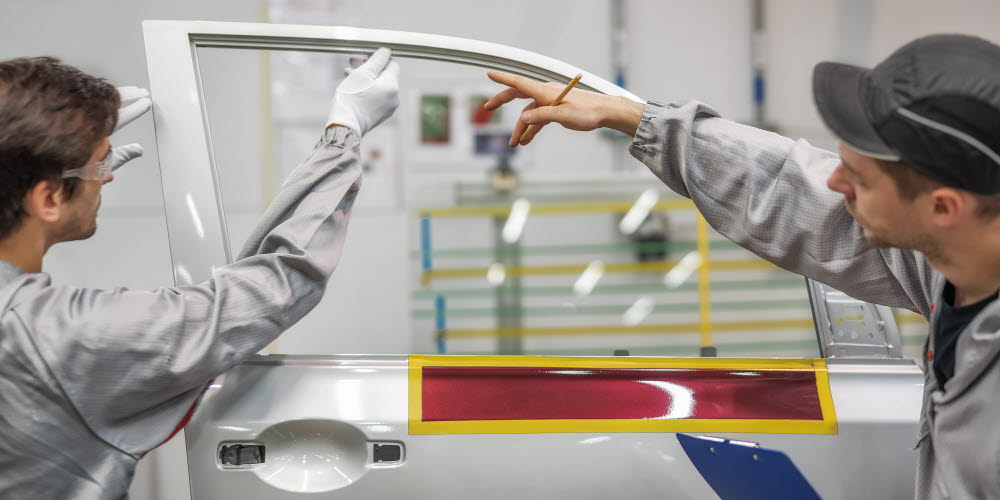Identify better ways of working to increase productivity, efficiency, and quality. Eye tracking delivers a clearer picture of how tasks are completed so you can improve standard operating procedures, increase knowledge retention, and enhance onboarding.

Identify areas of improvement by seeing your operations in more detail. By understanding how work is carried out from the perspective of people on the ground, you can more effectively identify roadblocks in your processes, areas of waste, and potential hazards. You can also see what elements of your business work best and transfer those principles to other areas. For operations requiring visual inspection or observation, eye tracking offers a great opportunity to generate optimized strategies and protocols and enhance guidelines with eye tracking recordings that illustrate the best method of visual inspection.
Capture the acquired knowledge of your most experienced staff and incorporate it into standard operating procedures. Eye tracking provides a unique way to record and document the knowledge attached to a process and make it available for others through gaze recordings and supporting instructions. This can help reduce the impact of an aging workforce and ensure valuable skills aren't lost as they can be built into standard practices. This method can also be used to teach quality assurance procedures and ensure process consistency among employees.


Reduce onboarding time and expenses by incorporating eye tracking into your education and training processes. The use of eye tracking recordings that depict gaze data are ideal for illustrating processes and demonstrating how and where to focus visual attention while performing a task. This method is perfectly suited for skills training and assessing the skill level of workers or measuring improvements over time. Having workers view their own behavior allows them to better understand where they perform well and what areas they need to work on.